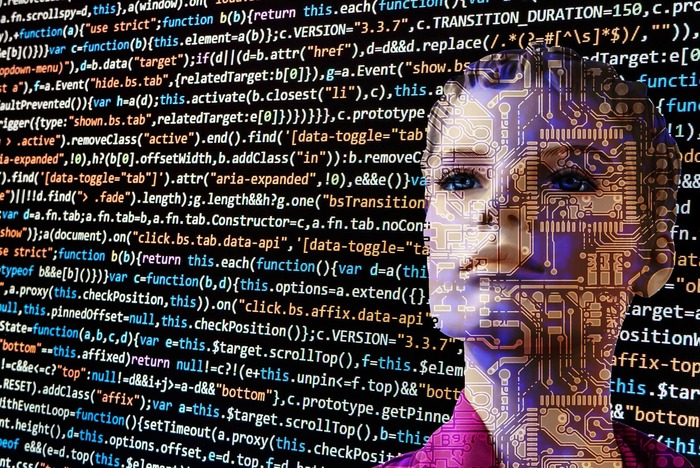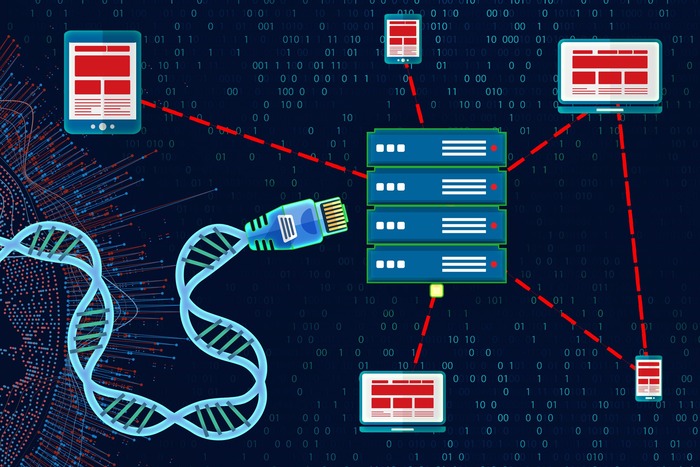In the ever-evolving landscape of data-driven technologies, the rhythmic dance between innovation and privacy is becoming increasingly complex. Privacy issues and ethical considerations surrounding the use of data in organizations are becoming more relevant as organizations try to expand the limits of data possibilities. Let us dive into the intricate domain of synthetic data, an amazing technology that can help innovation prosper whilst protecting individuality.
-
The Alchemy of Synthetic Data
Synthetic data refers to the fabricated artificial dataset that has similar statistical properties as the original but without any PII, i.e. Personally Identifiable Information. This technology allows researchers, data scientists, and machine learning enthusiasts to experiment with or fine-tune algorithms without the sensitive information of real people being revealed.
The synthetic data generation process is no less than alchemy as it involves algorithms stitching up threads of data points that reflect real life without sacrificing personal privacy. Imagine it as a digital masquerade party where the guests are generated by algorithms that move through the records and trace only patterns with relevant statistical meaning.
The following are some of the most common synthetic data generation tools and techniques:
Randomization and Noise Injection: In this, developers introduce a form of controlled randomness in existing data sets and it simulates some levels of variability in the real world. Consider self-driving cars moving in unforeseen traffic or medical imaging systems taking into account small differences in patient anatomies. This technique’s companion, noise injection, introduces some artificial imperfections that render synthetic data more realistic and resilient.
Generative Adversarial Networks (GANs): Generative Adversarial Networks (GANs) consist of two neural networks — a generator and a discriminator — engaged in a continuous face-off. The generator creates synthetic data, attempting to fool the discriminator into believing it’s real, while the discriminator hones its ability to distinguish between genuine and synthetic samples. This adversarial struggle results in the generation of remarkably realistic synthetic data, with applications ranging from image synthesis to voice generation.
Variational Autoencoders (VAEs): Variational Autoencoders (VAEs) offer a unique perspective on synthetic data generation. These models employ an encoder-decoder architecture, learning to represent input data in a lower-dimensional space known as the latent space. By manipulating this latent space, developers can generate diverse and meaningful synthetic data. VAEs are particularly useful when dealing with complex, high-dimensional datasets, such as molecular structures in drug discovery or intricate sensor readings in IoT applications.
Data Augmentation: Data augmentation refers to artificially increasing the training set by creating updated copies of a dataset using existing data. Some of the most common forms of data augmentation include flipping, adding noise, and rotating the images. It’s commonly used in the fields of image recognition, NLP (Natural Language Processing), among others.
Adding more images through flipping, rotation or cropping of already existing images can dramatically increase the size of the dataset leading to generalization capabilities of the model in different scenarios. Similarly, diversity of textual samples can also be achieved in NLP through paraphrasing or word replacement.
Markov Chain Monte Carlo (MCMC): Markov Chain Monte Carlo (MCMC) is a powerful technique for generating synthetic data that preserves the statistical characteristics of the original dataset. Applied extensively in fields like finance and epidemiology, MCMC simulates sequences of events based on the likelihood of transitions between states. By capturing dependencies and patterns within the data, MCMC provides a sophisticated approach to synthetic data generation.
-
Privacy as the Prime Directive
Synthetic datasets can potentially provide a full-scope analysis of data analytics and artificial intelligence while safeguarding personal information. This is a major use case for organizations that have to be cautious when dealing with such a delicate matter. After all, we live in a world where people’s data is being heavily regulated by laws like GDPR and CCPA with the potential for heavy penalties and reputation loss if mismanaged.
Think of synthetic data as a privacy guardian. Organizations can trial, iterate, and innovate through fake data – without revealing any vulnerabilities. For instance, a medical researcher can come up with new treatments with ease using synthetic data because there is no need to handle the patients’ confidential data.
-
Innovation Unleashed: Real-world Applications
Synthetic data’s magic wand does not stop at a single domain because it encompasses different industries and use cases. Take autonomous vehicles, for instance. The training algorithms have to be fed with an enormous amount of data in order to equip them for the intricacies associated with situations found in the real world. The problem is that using real driving data poses important privacy issues. Here, synthetic data becomes an excellent solution. It works as a virtual testing zone in which the algorithms can learn without threatening the privacy of real-life motorists.
This magical technology is beneficial even in the field of finance. A good example is fraud detection algorithms that can be trained on artificial data sets similar in complexity to actual transactions but do not threaten people’s personal financial details.
While the power of synthetic data brings forth a cornucopia of benefits, ethical considerations linger like shadows in the background. Thus, striking the right balance between innovation and ethical data usage is crucial. As organizations venture further into the uncharted territories of big data, synthetic data stands as a guiding light, offering a harmonious blend of progress and protection. Without a doubt, we can look forward to a future where innovation and privacy work hand in hand.


